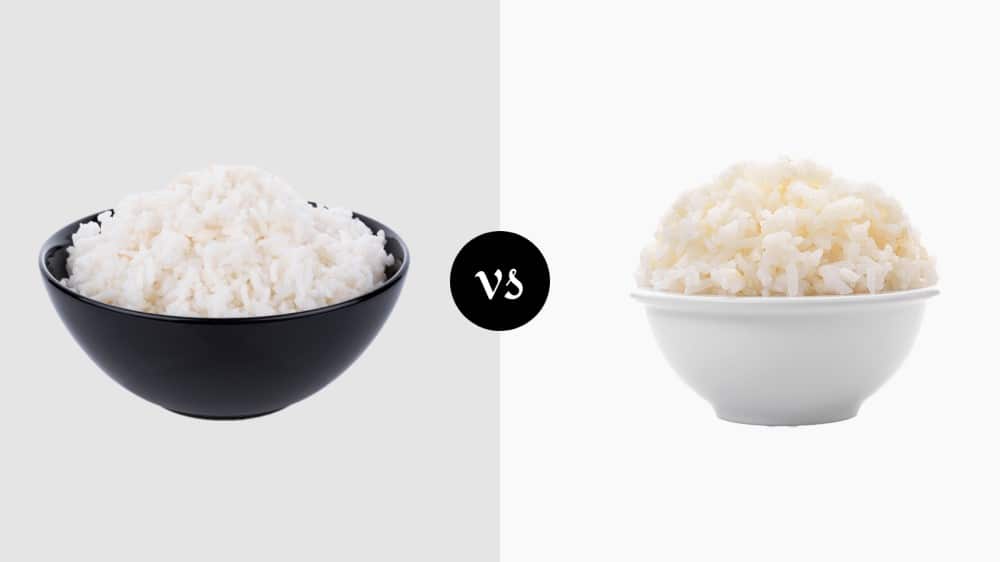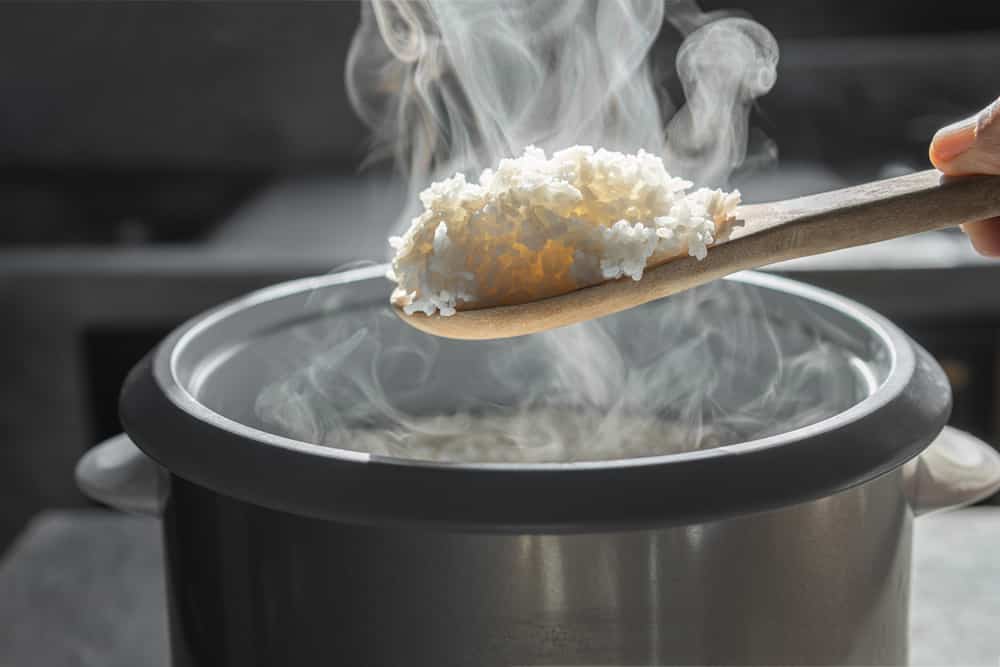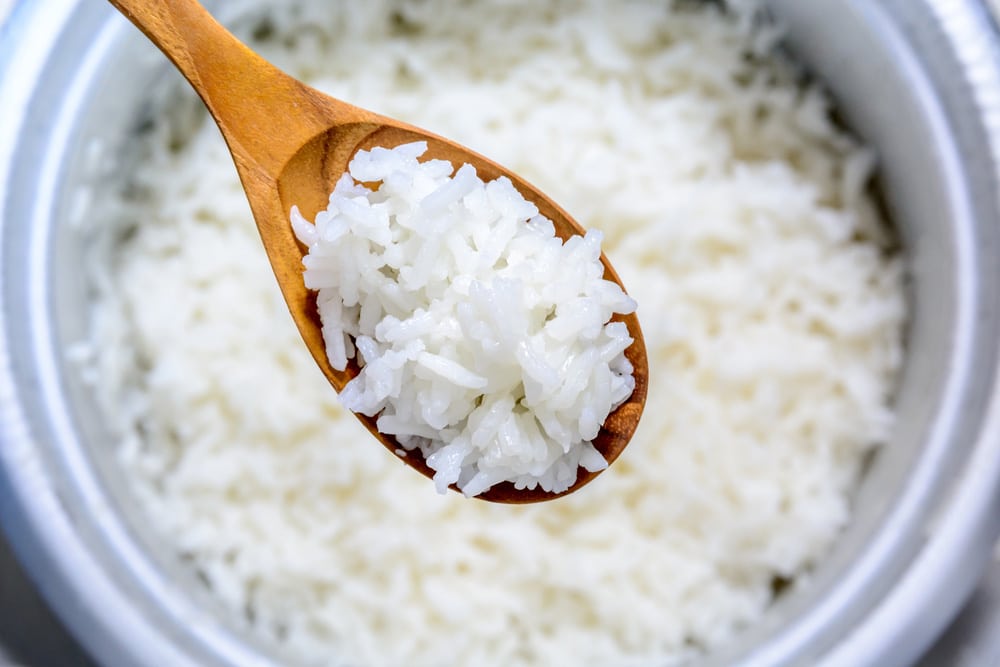
Everyone loves rice, from toddlers to golden agers, and from East to West. There is no question about its popularity as a food and how it is an integral part of cultures all over the world.
It is used in many forms, from fried and steamed to boiled and risotto- you will find everything. When it comes to how rice is cooked, there is a common question: what is the difference between steamed and boiled rice? Well, read below to find out!
Steamed Rice vs Boiled Rice
Comparison Table
| Features | Steamed Rice | Boiled Rice |
|---|---|---|
| Cuisine | Chinese | Asian |
| Suitable for | Shorter grain | Longer grain |
| Stickiness | More | Less |
| Calories (per cup) | 205 | 200 |
Steamed Rice
Steaming is a form of cooking rice that yields rice that is stickier. When you use the steaming method, rice is cooked by absorbing vaporized water (steam), which is why the rice is more humid than usual.
The stickiness of rice when steamed also depends on how much starch it contains. The more starch there is in rice, the stickier it will be. You will find that steamed rice is used extensively in Chinese cuisine.
Boiled Rice
Boiled rice is cooked by submerging the rice in boiling water and then draining off the excess water when the rice has been cooked. This is a very popular form of cooking rice. You will find boiled rice in India, in fact, in all sub-continental cuisines.
However, when boiling rice, there is always a risk of the rice turning soggy. This is why you need to be careful with the amount of water you add when boiling the rice and carefully monitor the cooking time.
Steamed Rice vs Boiled Rice
When you boil rice, it will produce grains that are firm and have a distinct shape. Boiling is best suited when you have rice with long grains, such as Basmati. If you use it right, this method can give you amazingly cooked rice that is soft and fluffy.
When boiling rice, the method usually follows pre-rinsing and pe-soaking the rice. The rice interacts so much with water, even before they are cooked, that all the water-soluble nutrients, such as proteins and carbohydrates, dissolve in the water and are drained away with it.
Another part of boiling is parboiling, where rice is boiled partially. Parboiling is usually done when the rice is in its husk phase. Brown rice, especially, is parboiled the majority of the time. The advantage of parboiling is that the rice cooked is rich in nutrients.
It has multiple B vitamins (B1, B3, B5, B9), is high in mineral content (calcium, phosphorus, magnesium). On the other hand, as we discussed before, steaming produces risk that is sticky.
The reason why it is very widely used in Chinese dishes is that sticky rice is ideal for foods like sushi, and hence, they are eaten with chopsticks. The stickiness prevents the rice from falling out and gives the rice a cohesive form.
Steaming is suitable for rice that has a shorter grain, such as Spanish Valencia. For those who don’t have a rice cooker to do the job for them, steaming rice is best.
For one, they will have greater control over how much water goes into preparing the rice, which is what decides whether the rice you cook turns out to be fluffy or mushy.
A cup of steamed rice has 205 calories, 44.5 g carbs, 1.6 mg sodium, 0.6 g fiber, 0.4 g fat, 0.1 g sugar, and 4.3 g proteins.
Final Verdict
When cooking rice, there is no “better” method. Where boiling gives you fluffy rice, where the grains are separated from one another, steaming will provide you with rice that is sticky. Each process is suited for cooking a particular kind of rice, which serves a purpose.
If you are cooking Chinese dishes, you will prefer to use steamed rice. On the other hand, if you like Indian food, you would want to go for boiled rice. At the end of the day, all that matters is your preference!

